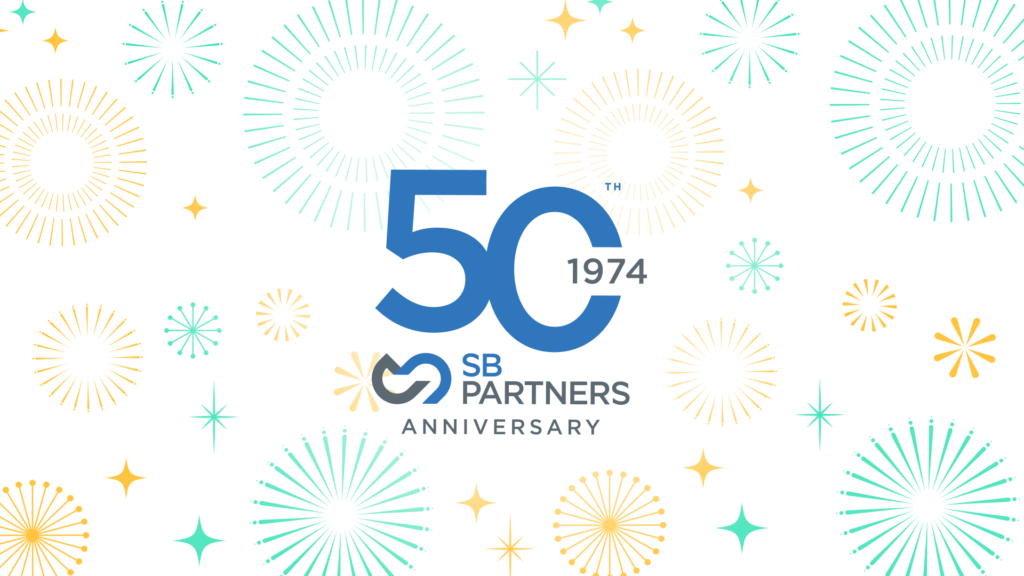We were there to improve our understanding of competitive advantage, and by the end of the presentation most people had a greatly improved grasp of what competitive advantage is all about.
Bill Smalley, President and CEO of Route Five International, was the guest speaker at our latest Executive Know-How series entitled: “What is Your Real Competitive Advantage and Who Cares?” His goal that day, he said, was to clarify the importance of competitive advantage, improve the audience’s understanding of it, how to identify it in your own organization and how to leverage competitive advantage to improve your company’s sales and marketing performance.
“Many companies think they understand competitive advantage, but they don’t,” Bill said, noting the opposite may also be true. However, it is an elusive phenomenon and one that is difficult to articulate to your customers. To do it successfully, Bill explained that what is needed is “a nice, concise statement as to how you create value for your customers.” This results from major time limitations: you only have 10 seconds to grab a customer’s attention during a cold phone call, 20 seconds in a networking environment and two minutes in a presentation. That is not a lot of time. “The point is, you create value for others, but it’s a struggle to communicate that and to engage people’s understanding if you don’t get your message across effectively.” Bill said it is imperative to nail down the clear, concise message, especially in sales.
Competitive advantage is based on two factors: attributes (strengths) and competencies (abilities) that can be leveraged to create value for customers. “The real determination of competitive advantage is that it exists when these things are difficult for your competitors to copy.” Bill also noted that many competitive advantages have absolutely nothing to do with the products or services you sell. “Competitive advantage is often revealed in the communications of companies.” For example, concise, clear and powerful statements will grab the attention of potential customers who visit your website. Let the readers know exactly what you do, but make your strengths and abilities difficult to copy.
You must find a way to differentiate yourself from your competitors, Bill stressed. “I want to encourage you to think creatively about your business.”
The power of creative thinking/competitive advantage
- What is the purpose of your business (your passion)? What speaks to your passion? If you can answer that, you are on your way to gaining a competitive advantage, says Bill.
- What are you good at (competence)?
- What do you have/do that others will pay you for (value)?
If you have all three of these factors working together, you are well on your way to success.
To identify your competitive advantage, you must first understand yourself. You must also understand how your customer defines value, as well as your business environment and competition. By putting these together, you will see where your competitive advantages lie.
There are many sources of competitive advantage, including: financial strength, brand equity, people, processes, teams, leadership, R & D, creative thinking, knowledge, marketing and innovation. Bill used Apple as a prime example of a company using innovation as a competitive advantage.
Unfortunately, statistics demonstrate that the business development process is underperforming. Sales people are struggling with confidence and customers are becoming frustrated. “They do not have a compelling value proposition.” Bill insists that “leveraging your competitive advantage effectively and understanding it more” can overcome many of these problems. The answer can be as simple, he suggests, as determining your focus and looking for people to “help” rather than to “sell.” Convert your resources, attributes and strengths into competitive advantage; perfect your selling strategy. “It’s all about customer experience,” says Bill.
It’s common knowledge, for instance, that during the selling process some people are good at relationships yet can’t always answer the questions posed to them. The opposite is also true. Since people make decisions based on emotion, which is supported by information, the importance of building relationships must not be ignored.
It’s also essential to recognize your value proposition, which is a function of understanding your competitive advantage: who are you (awareness); what do you do (credibility); how do you help (value) and what’s next (call to action). All four of these questions should be addressed in your letters, brochures or on your website as an introduction. Most important, “show your passion for your work” and your message should come through loud and clear. “It’s more important to be authentic than perfect,” Bill surmised.
“Competitive advantage is a shared experience for everyone in your company. If leaders are clear about competitive advantage, you can counter challenges from competitors.”



